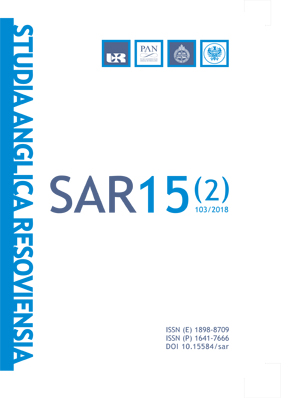The Reception of Antiquity in “Wuthering Heights” by Emily Brontë
DOI:
https://doi.org/10.15584/sar.2018.15.2.2Keywords:
intertextuality, reception of antiquity, archetype, dialogicsAbstract
The following paper concentrates on the reception of antiquity in the novel by Emily Brontë Wuthering Heights. The primary concept of the analysis is to exploit such critical tools as: Reader-Response Criticism, dialogics and transtextuality. In this context one can notice such ancient references as: the structure of a labyrinth (prefiguration), the archetype of Hercules, Apollo and gods, as well as the reference to learning ancient languages (revocation). All the references to antiquity are used in the novel in question not only as ornaments, but mainly as the tools to comment on, among others, the social situation in Victorian England.Downloads
Download data is not yet available.
Downloads
Published
2018-12-15
How to Cite
Buda, A. (2018). The Reception of Antiquity in “Wuthering Heights” by Emily Brontë. Studia Anglica Resoviensia, 15(2), 25–34. https://doi.org/10.15584/sar.2018.15.2.2
Issue
Section
Articles
License
Copyright (c) 2018 Studia Anglica Resoviensia

This work is licensed under a Creative Commons Attribution-NonCommercial 4.0 International License.

